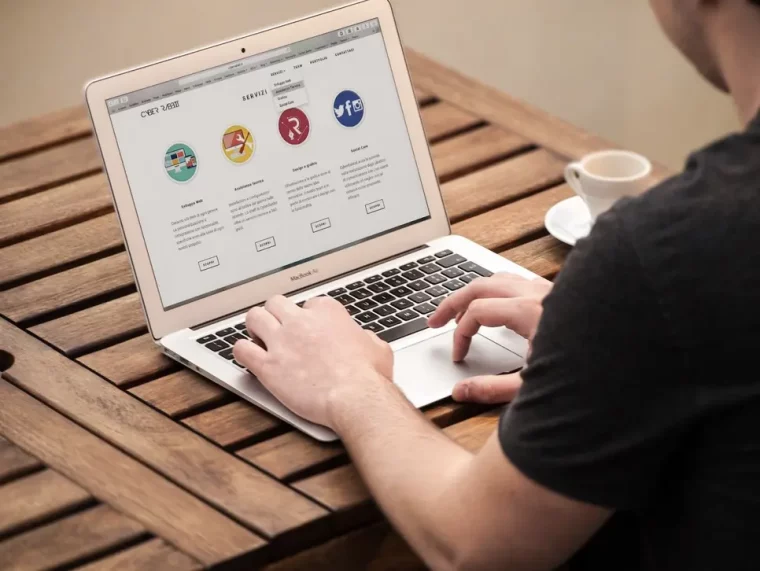If you’re a regular PUBG player, you’ve likely experienced the frustrating issue where textures simply don’t load properly. Whether you’re parachuting into a city that’s just a blob or running through a bush that hasn’t rendered, texture loading problems can make gameplay difficult and immersion nearly impossible.
This common problem can be attributed to a variety of factors—from hardware limitations to game settings. Fortunately, there are several effective ways to resolve this issue and get your PUBG visuals crisp and clear again. In this article, we’ll walk you through the most practical fixes for texture loading issues in PUBG.
1. Adjust In-Game Graphics Settings
Sometimes, the default graphics settings or those optimized by auto-config features might not be ideal for your system.
- Lower the texture quality: Oddly enough, setting textures to medium or high instead of ultra has resolved loading issues for many players.
- Disable unnecessary visual effects: Turn off motion blur, anti-aliasing, and other non-essential effects to reduce GPU load.
- Set foliage and shadows to low: These settings are resource-intensive and can interfere with other texture loading priorities.
After making these changes, restart the game and see if textures load more consistently across the environment.
2. Update Your Graphics Drivers
Outdated or corrupted graphics drivers can often be the root of texture-related issues in games like PUBG. Make sure you’re running the latest drivers from your GPU manufacturer, whether that’s NVIDIA, AMD, or Intel.
Always use the official websites to download the latest version, and consider using tools like GeForce Experience or AMD Adrenalin to automatically detect and install updates.
3. Verify Game Files through Steam
Corrupt or missing game files can also cause texture rendering problems. Steam offers a built-in tool to verify integrity, which can fix these issues:
- Open your Steam Library.
- Right-click on PUBG: Battlegrounds and select Properties.
- Go to the Installed Files tab and click Verify integrity of game files.
This process will replace or recover any faulty game files, which often reinstates missing textures.
4. Change Launch Options
You can also alter launch options to improve how PUBG handles hardware resources:
- -malloc=system – Helps PUBG manage memory more reliably.
- -USEALLAVAILABLECORES – Utilizes all of your CPU cores.
- -sm4 – Forces DirectX 10 rendering, which can boost stability on low-end systems.
To apply these, go to PUBG’s properties in Steam, and under the General tab, find Launch Options. Input these launch configurations separated by spaces.
5. Upgrade Your Storage to SSD
If you’re still using a regular HDD, this might be the main reason textures load slowly. PUBG has large and complex assets that are data-heavy, and an SSD can drastically improve load times and texture rendering speeds.
Installing PUBG on an SSD ensures the game can access and load necessary texture files much faster. This upgrade often results in a dramatic improvement in overall gameplay smoothness.
6. Allocate More Virtual Memory
If your physical RAM is limited or almost full, increasing the virtual memory can help with texture streaming in PUBG.
Here’s how to increase it in Windows:
- Go to Control Panel > System > Advanced System Settings.
- Under Performance, click Settings and go to the Advanced tab.
- Click Change under Virtual Memory and adjust the paging file size.
Set it based on your RAM—for instance, with 8GB RAM, set the virtual memory to a minimum of 8192MB and a maximum of 16384MB.
7. Reinstall the Game as a Last Resort
If you’ve tried everything and textures still won’t load, a full reinstall may be necessary. Back up your settings first and then uninstall PUBG completely. After that, do a fresh download from Steam.
Make sure you’ve deleted any residual folders that might contain corrupted data:
- C:\Users\YourName\AppData\Local\TslGame
After reinstalling, test the game on default settings and gradually tweak configurations as needed.
Final Thoughts
PUBG is a visually complex game, and texture loading issues can dampen both competitive performance and enjoyment. Fortunately, these solutions—from tweaking in-game settings and updating drivers to upgrading hardware—can make a world of difference.
The key is to experiment with different fixes based on your specific setup. With a little adjustments, you’ll soon be back to looting and surviving in a world that actually looks like one.
